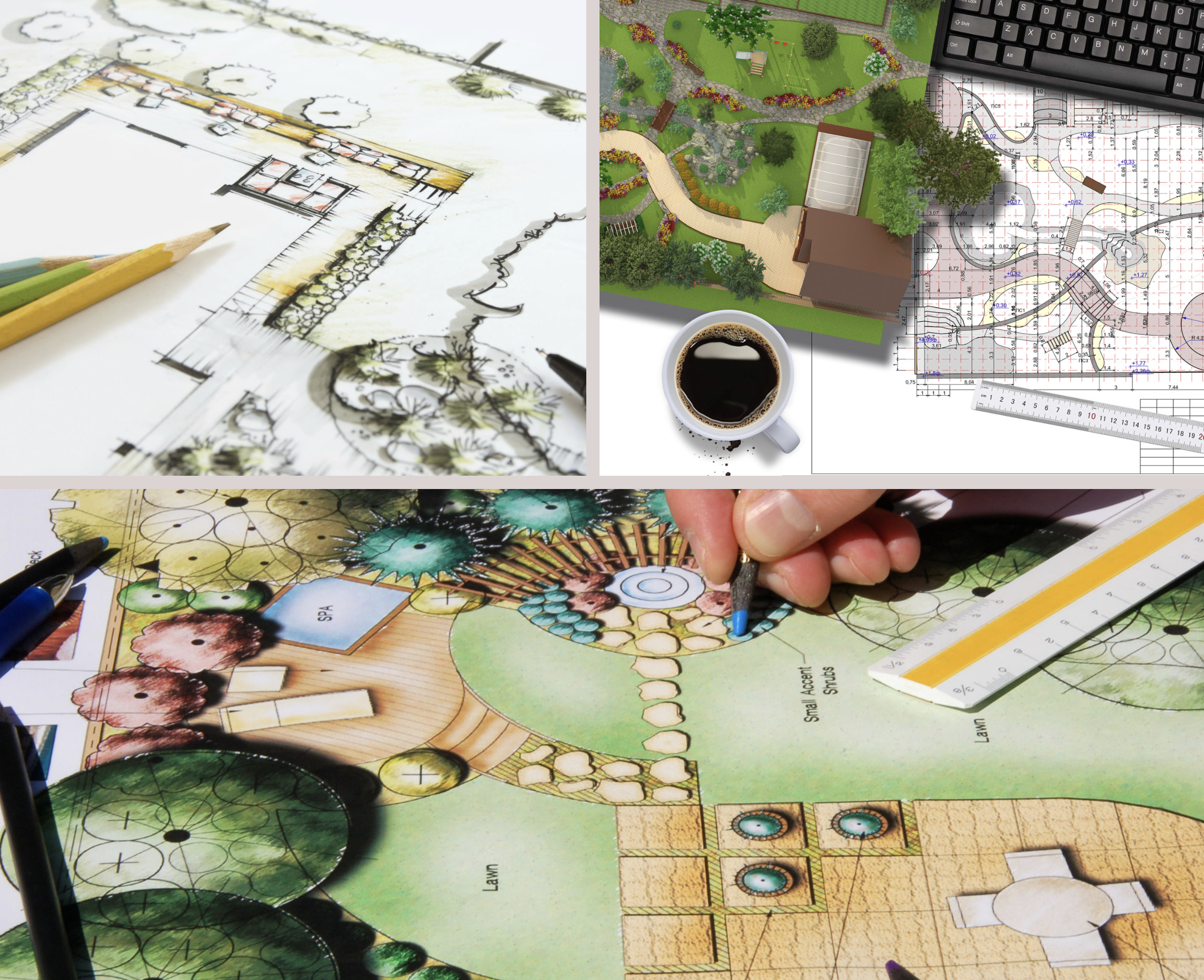
Introduction
Creating a beautiful and functional outdoor space requires more than just planting a few trees and shrubs. Landscaping design is an art and science that involves careful planning and execution. However, even the most enthusiastic DIY landscapers can make mistakes that detract from the overall appeal and functionality of their gardens. In this guide, we will highlight the common mistakes to avoid in landscaping design and offer expert tips to help you achieve a stunning outdoor space.
1. Lack of a Comprehensive Plan
The Mistake:
One of the most common mistakes in landscaping design is starting without a well-thought-out plan. This often leads to disjointed spaces and a lack of cohesiveness in the garden.
The Solution:
Before breaking ground, take the time to create a comprehensive landscape plan. Consider factors such as the layout, plant selection, hardscaping elements, and the overall theme. A detailed plan ensures that every element works harmoniously to create a cohesive and visually appealing space.
2. Ignoring Soil Quality
The Mistake:
Overlooking the importance of soil quality can lead to poor plant health and reduced growth. Many novice gardeners fail to test their soil before planting.
The Solution:
Conduct a soil test to determine its pH level and nutrient content. Amend the soil as needed to ensure it provides a healthy environment for your plants. Adding organic matter such as compost can improve soil structure and fertility.
3. Overcrowding Plants
The Mistake:
Planting too many plants too close together is a common mistake that leads to overcrowding, competition for resources, and poor air circulation.
The Solution:
Research the mature size of each plant and space them accordingly. Allow enough room for growth to avoid overcrowding and ensure each plant has adequate access to sunlight, water, and nutrients.
4. Neglecting Maintenance Needs
The Mistake:
Failing to consider the long-term maintenance needs of your landscape can result in an overwhelming amount of work and potential neglect.
The Solution:
Choose plants and materials that match your maintenance capabilities. Opt for low-maintenance plants if you have limited time for gardening. Incorporate elements such as mulch and drip irrigation to reduce maintenance requirements.
5. Ignoring the Climate
The Mistake:
Selecting plants that are not suited to your local climate can lead to poor growth and increased susceptibility to pests and diseases.
The Solution:
Choose native plants or those well-adapted to your climate. These plants are more likely to thrive and require less maintenance. Consider factors such as temperature, rainfall, and soil type when selecting plants.
6. Overlooking the Importance of Scale
The Mistake:
Disregarding scale and proportion can lead to a landscape that feels unbalanced and aesthetically unpleasing.
The Solution:
Pay attention to the size and scale of each element in your landscape. Ensure that plants, structures, and hardscaping elements are proportionate to each other and the overall space. Use a mix of heights and sizes to create visual interest and balance.
7. Neglecting Hardscape Elements
The Mistake:
Focusing solely on plants and neglecting hardscape elements such as paths, patios, and retaining walls can result in a lack of structure and functionality.
The Solution:
Incorporate hardscape elements to provide structure and define different areas of your garden. Paths, patios, and retaining walls not only enhance the aesthetic appeal but also improve functionality and ease of movement within the space.
8. Poor Drainage Management
The Mistake:
Ignoring drainage issues can lead to water pooling and damage to plants and structures.
The Solution:
Assess your garden’s drainage and address any issues before planting. Use techniques such as grading, installing French drains, or creating swales to manage water runoff effectively. Proper drainage ensures a healthy and long-lasting landscape.
Conclusion
Avoiding these common mistakes in landscaping design can save you time, money, and frustration. By planning thoroughly, selecting the right plants, and considering maintenance and climate, you can create a beautiful and functional outdoor space. Remember, a well-designed landscape not only enhances the beauty of your home but also provides a sanctuary for relaxation and enjoyment. Start your landscaping project with confidence, armed with the knowledge to sidestep these pitfalls and achieve your dream garden.





